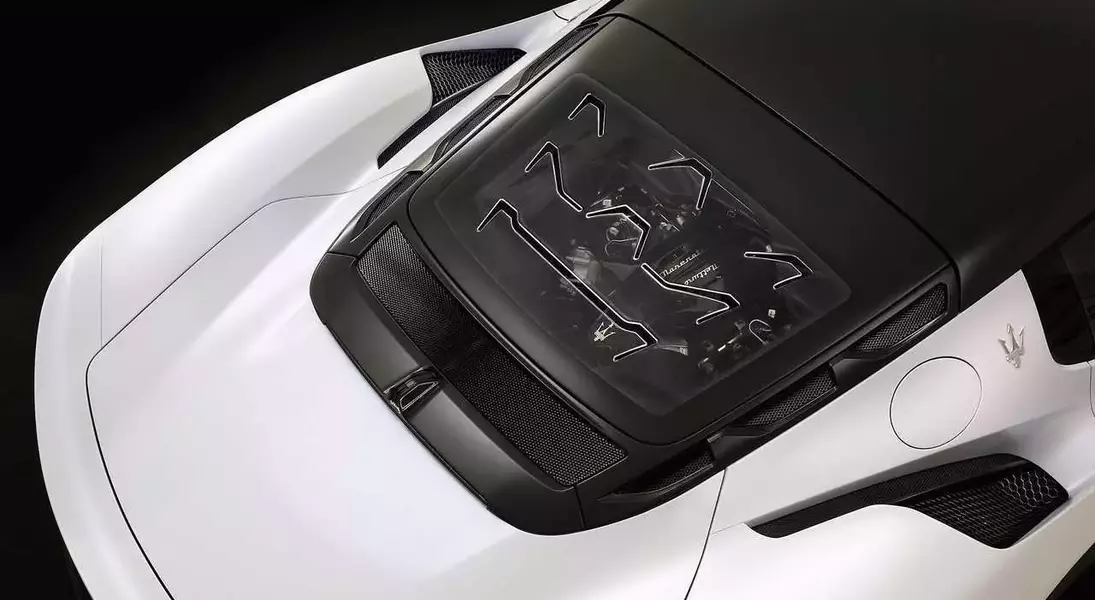



Stellantis, a prominent automotive group encompassing 14 car brands, is strongly advocating for a revision of the European Union's ambitious plan to prohibit the sale of new internal combustion engine (ICE) vehicles by 2035. The company's chairman, John Elkann, argues that the current timeline is overly aggressive and proposes a more flexible approach that acknowledges the role of hybrid technologies and alternative fuels in achieving decarbonization goals. This position reflects a broader industry sentiment concerning the challenges and potential disruptions associated with such a rapid transition to electric vehicles (EVs).
The EU's mandate to eliminate new ICE car sales by 2035 has faced scrutiny since its inception. While the initial plan included a review of the proposal in 2026, this has been accelerated to next month, indicating ongoing discussions and potential for modification. Stellantis's push for change centers on recognizing plug-in hybrids and range-extending EVs as sustainable options, where a gasoline engine primarily functions as a generator for the battery. Additionally, Elkann highlights the potential of alternative fuels to contribute significantly to environmental objectives, offering a diversified strategy beyond a sole focus on pure battery electric vehicles.
Beyond the 2035 deadline, European automakers are grappling with a series of interim emissions reduction targets. Manufacturers must reduce their fleet emissions by 15 percent in the 2025–2029 period compared to 2020–2024 levels. Although the EU initially sought compliance by the end of the current year, it has extended the timeline, now requiring an average of 93.6 g/km across 2025–2027. The subsequent target for 2030, running until the end of 2034, demands an even more stringent reduction to 49.5 g/km. Elkann contends that automakers require more time to adapt to these escalating demands, proposing that emissions averages be calculated over five-year intervals (e.g., 2028–2032) rather than strict annual limits.
The automotive industry's resistance to an exclusive EV mandate is understandable, given the current market landscape. Data from the European Automobile Manufacturers’ Association (ACEA) indicates that electric vehicles constituted only 16.1 percent of the market share in the EU through September. Achieving a 100 percent EV market within nine years is widely considered impractical and could lead to severe economic repercussions, including job losses across the sector. Executives from other major manufacturers, such as BMW's Chief Technology Officer Joachim Post and Mercedes CEO Ola Källenius, have also voiced strong warnings about the potential for industry collapse if the ICE ban remains inflexible.
Despite these concerns, the market share of EVs is expected to grow as more affordable models become available. Renault recently introduced a Twingo priced under €20,000, and Volkswagen plans to launch a €25,000 ID. Polo in 2026, followed by an even more economical €20,000 model in 2027. Stellantis itself is contributing to this trend with its Citroën ë-C3, also priced below €20,000, in response to increasing competition from budget-friendly Chinese EVs. This evolving market dynamic underscores the need for regulatory frameworks that can adapt to technological advancements and market realities while still driving environmental progress.
The ongoing debate surrounding the EU's 2035 combustion engine ban highlights a critical juncture for the automotive industry. While the push for decarbonization is paramount, industry leaders like Stellantis are emphasizing the importance of pragmatic and flexible regulations that consider technological diversity and economic stability. A collaborative approach between policymakers and manufacturers will be essential to foster innovation and ensure a sustainable transition to cleaner transportation.
